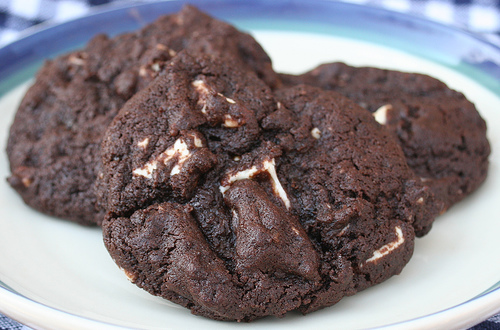


Chocolate is believed to be consumed in a bitter and spicy drink called xocoatl, often seasoned with vanilla, chile pepper, and achiote (annatto) in the Americas. The "Xocoatl" was believed to be an energizer that was used to fight fatigue. This food type was an important luxury good throughout pre-Columbian Mesoamerica, and cocoa beans were often used as currency. Cocoa beans were commonly used in several drinks and edibles. Christopher Columbus also took some cocoa beans to show Ferdinand and Isabella of Spain. However, cocoa beans were broadly introduced to Europe by Hernán Cortés, the first Marqués del Valle de Oaxaca who is known for leading the military expedition that initiated the Spanish Conquest of Mexico. Chocs was first commercially shipped to Europe from Veracruz to Sevilla in 1585.
In early days, chocolate served as beverage, but the Europeans added sugar and milk to remove its natural bitterness. They also started the Mexican indigenous spice, vanilla instead of the chilli pepper. That resulted in the improved chocolate or the modern chocs. By the 17th century, the chocs with improved taste came to be used as luxury item among the European nobility.
The first form of solid chocs were invented in Turin by Doret at the end of the 18th century. F. L. Cailler opened the first Swiss chocolate factory in 1819. Pierre Paul Caffarel sold this chocolate in large quantities from 1826. The Dutchman Coenraad Johannes van Houten in 1828 patented a method for extracting the fat from cocoa beans and making powdered cocoa and cocoa butter. The Dutch process of treating chocolate with alkali to remove the bitter taste was also developed by Van Houten; the Dutch process made it possible to form the modern chocolate bar.